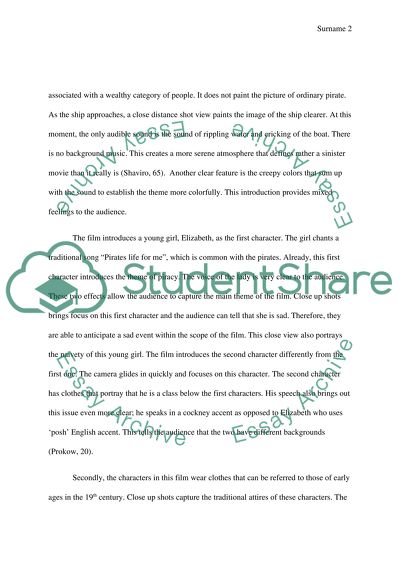Cite this document
(“Focusing on camera techniques and the mis en scene, argue whether or Essay”, n.d.)
Retrieved from https://studentshare.org/visual-arts-film-studies/1470471-focusing-on-camera-techniques-and-the-mis-en-scene
Retrieved from https://studentshare.org/visual-arts-film-studies/1470471-focusing-on-camera-techniques-and-the-mis-en-scene
(Focusing on Camera Techniques and the Mis En Scene, Argue Whether or Essay)
https://studentshare.org/visual-arts-film-studies/1470471-focusing-on-camera-techniques-and-the-mis-en-scene.
https://studentshare.org/visual-arts-film-studies/1470471-focusing-on-camera-techniques-and-the-mis-en-scene.
“Focusing on Camera Techniques and the Mis En Scene, Argue Whether or Essay”, n.d. https://studentshare.org/visual-arts-film-studies/1470471-focusing-on-camera-techniques-and-the-mis-en-scene.


